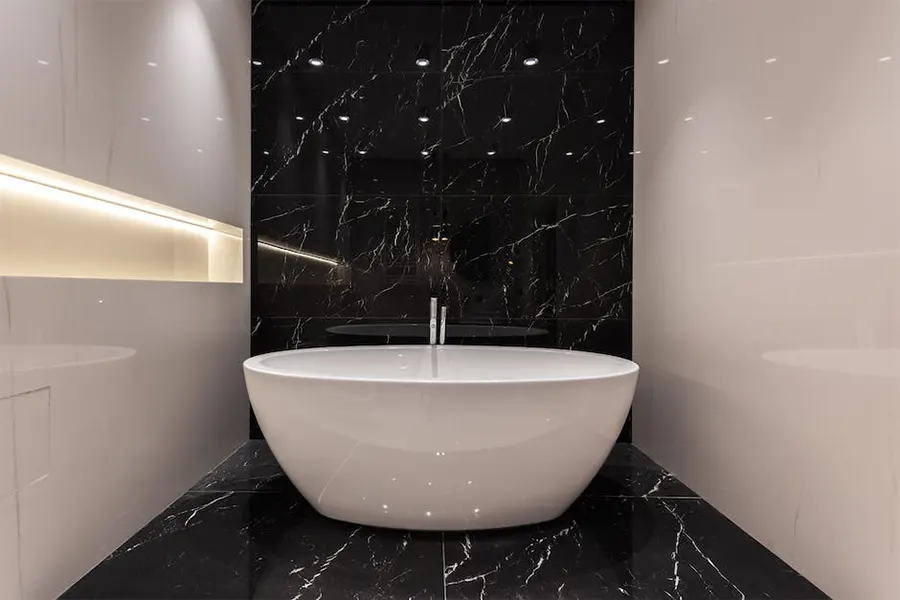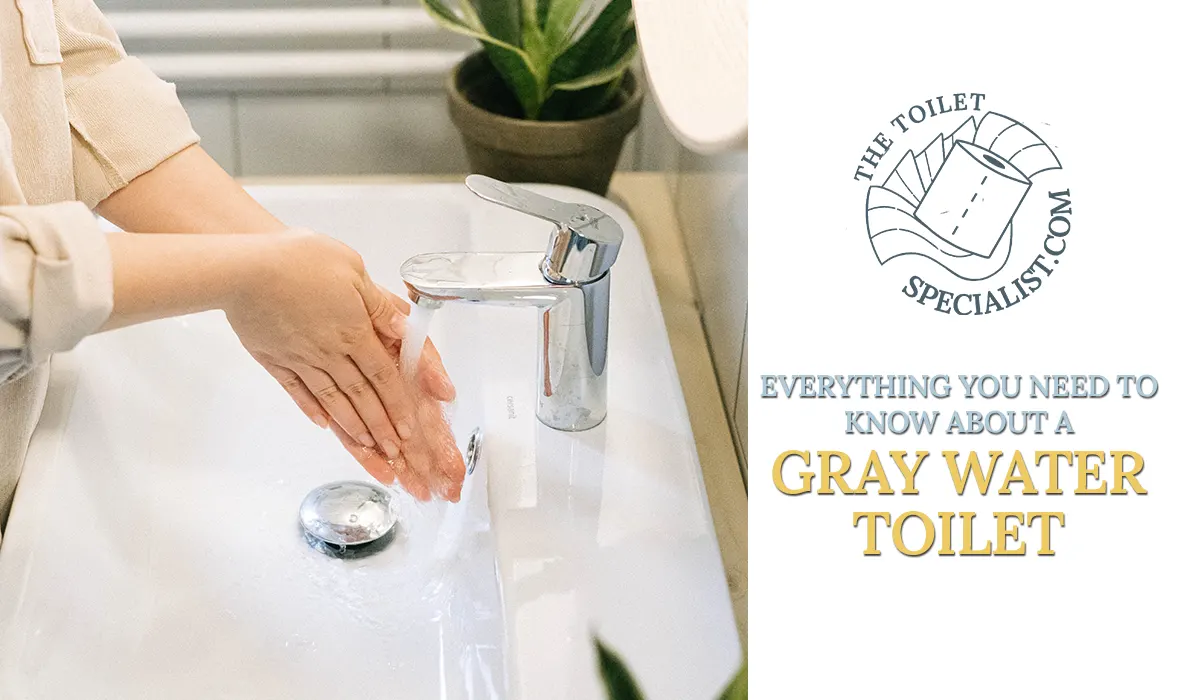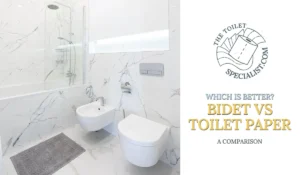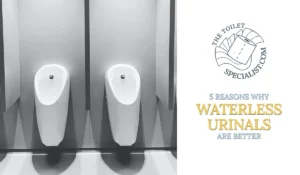Water is vital in our daily lives, and as we consume it rapidly, conservation becomes crucial. Gray water systems, especially in toilets, offer an efficient solution. But first things first: what is gray water?
Gray water refers to gently used household water from sources like showers, sinks, and washing machines. Unlike black water, gray water is not heavily contaminated and can be recycled for non-potable purposes such as irrigation or flushing toilets. The use of gray water promotes water conservation.
Let’s explore gray water, focusing on its production, characteristics, and uses, with a special look at gray water toilets!
Understanding gray water
Can you use gray water for toilets? Yes, you can.
Unlike toilet waste (black water), which has higher health risks, gray water has fewer bacteria and pathogens. It can be recycled for household water use.
Producing gray water is virtually unavoidable, accounting for approximately 50 to 80 percent of residential wastewater. The water that goes down the drains while showering, laundering, or dish-washing is all gray water.
Though it may contain traces of dirt, food, grease, or cleaning products, it is generally safer than black water. However, despite being a lesser evil than black water, it usually ends up in the sewer alongside black water.
Thus, finding effective ways to treat and reuse gray water to conserve our water resources is essential.
Black water vs gray water
Just to clarify:
Black water refers to wastewater that comes directly from toilets and contains human waste. Unlike gray water, which is generated from activities like bathing and washing dishes, black water is more heavily contaminated and poses a higher health risk. It requires specialized treatment and disposal methods to prevent the spread of diseases and protect public health and the environment.
That’s why you can’t use black water to flush down your toilet. You don’t want all of that going through your toilet tank.

How does a gray water toilet work?
This is a cutting-edge solution known to optimize the use and treatment of gray water. The beauty of this system lies in its simplicity:
A gray water toilet works by redirecting gray water from household drains—think shower, washing machine, and bathroom sink—towards flushing your toilet. Most gray water toilet systems use a fine mesh screen or filters of a similar nature to prevent larger particles from entering the toilet.
Now, you might be wondering, “What’s so beneficial about a gray water toilet?” One primary advantage is water conservation. Given that toilets are among the most water-intensive fixtures in a home, using gray water makes a significant difference.
This system is an outstanding way of ‘reusing’ water that would otherwise go down the drain. In the context of a global water crisis, the importance of saving every drop increases significantly.
How to make your toilet use gray water
There are different kits that allow you to turn your regular toilet into a toilet that uses gray water, such as this sink for toilet tanks. Or perhaps this one. See the video below for a demonstration:
The beauty of these sinks is that you only use them for washing your hands, and not for example shaving your beard or brushing your teeth. This way no hair or toothpaste will enter your toilet tank.
However, some advise you to not use water that is too contaminated.
According to New Mexico State University: ”Greywater should be pumped into the toilet bowl for flushing. DO NOT put greywater into the toilet tank. Greywater in the tank may not only cause the flushing mechanism to malfunction but could be back siphoned into the freshwater supply if water pressure decreases suddenly.”
If you decide on using gray water from showers and other sources anyway it is wise to clean your toilet tank every once in a while.
Gray water toilets save money
There’s an economic advantage to gray water too. Gray water toilets can help you decrease your water bill since less ”fresh” potable water is utilized. Certainly, there are setup costs involved, but with the rising price of water utility and increasing water scarcity, the setup almost pays itself off over time.
Not to forget, adopting such a system also allows homeowners to do their bit towards maintaining a greener earth—a cause worth everyone’s attention and effort.

Maintenance and cleaning of gray water toilets
Maintaining and cleaning a gray water toilet, like any other plumbing system, is a necessary task to keep it running smoothly. Regular maintenance ensures that the toilet functions efficiently and prevents potential problems that may affect the functionality.
Proper maintenance focuses on preventing unwanted situations such as clogs, backups, or unpleasant odors. Cleaning the filter system is a vital part of maintenance. Most gray water toilet systems use a fine mesh screen or filters to prevent larger particles from entering the toilet.
Over time, these filters may accumulate materials that can clog the system or impede water flow. Removal and routine cleaning of such particulates from these filter systems contribute significantly to preserving the lifespan of the toilet system.
Avoid flushing harsh chemicals down the drain
Being mindful of what goes down the drain directly impacts the gray water toilet system’s effectiveness.
For example, directing non-biodegradable substances and harmful chemicals away from the gray water stream can reduce an undue burden on the system and make cleaning and maintenance more manageable. In other words, minimize the use of chemical cleaners, bleach, or other aggressive substances that might interfere with the gray water toilet system.
Opt for natural, earth-friendly products that won’t disrupt the system or contaminate the water supply.
Imbibing a green approach through the inclusion of gray water toilets drastically cut down on water bills and overall water consumption. As we continue in our quest for conservation, adopting gray water systems forms a substantial step in saving our precious resource – water.
Disclaimer: TheToiletSpecialist.com is not responsible for any damage caused to your toilet and surroundings by (wrongly) interpreting information found on this site. Please seek custom advice from a professional to evaluate your current situation.
This article may contain affiliate links at no extra cost to you. AF links help support this blog so that it can exist and expand for years to come!





